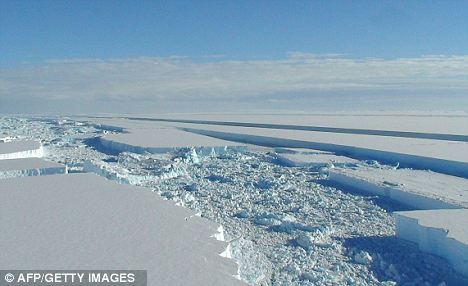OF THE
TIMES

In my opinion, this is the single greatest environmental pollution event that has ever hit the west coast of North America. The slow-motion aspects of it have fooled an unwitting public. It far exceeds the Santa Barbara or Exxon Valdez oil spills in gross tonnage and also geographic scope. (I was in Prince William Sound during the during the Exxon Valdez oil spill and so have a sense of comparison).Everyone is careful to say the debris is only "suspected" of having come from Japan's March 2011 tsunami; there is plenty of marine debris on the ocean in general. Here is Pallister on the scope of the everyday marine debris problem.
Tens of thousands of miles of coastline from California to the Aleutian Islands are going to be hit with billions of pounds of toxic debris. NOAA's latest estimate is that 1.5 million tons of largely plastic debris will hit the western United States coast. That is 30 billion pounds. We expect Alaska to get the largest percentage of that with much of it lodging on northern Gulf of Alaska beaches. Most of this will be plastic which is full of inherent toxic chemicals that will leach into the environment for generations.
Possibly worse are the millions of containers full of anything from household chemicals to toxic industrial chemicals that are floating our way. They will eventually burst upon our shores...in sensitive inter-tidal spawning and rearing habitat, endangering shorebirds, marine mammals, fish and everything in between. We are already finding empty and partially full containers of tsunami related chemicals and fuel drums along the northern Gulf of Alaska shoreline. The heavier fuller containers will come later because the wind doesn't push them as fast toward the Gulf of Alaska as they are more current driven. The light-weight, high-windage debris such as Styrofoam, buoys, bottles, empty containers and drums have already arrived in staggering quantities.
